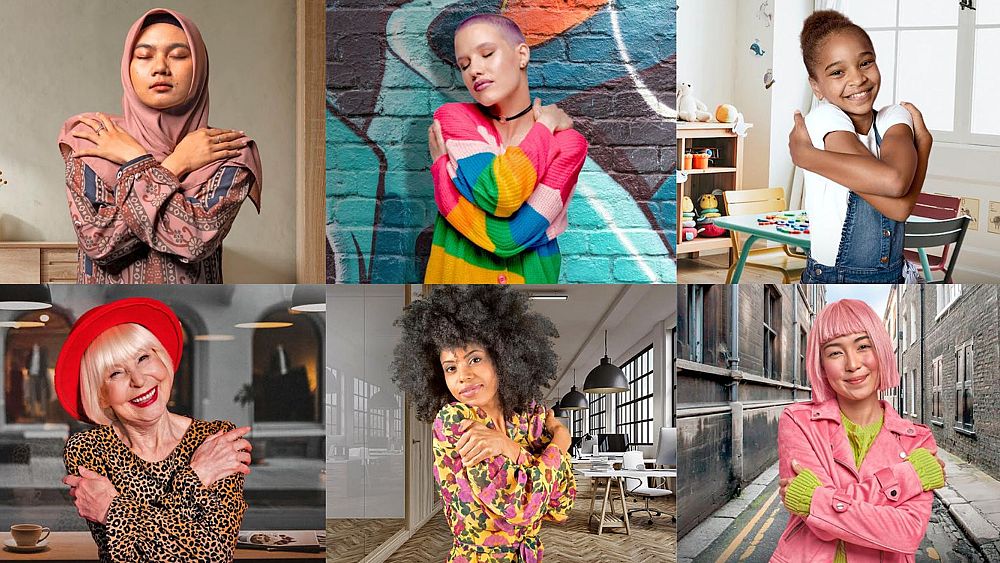
Every year on 8 March, International Women’s Day is celebrated to commemorate and honour women’s accomplishments, raise awareness about gender disparities and discrimination, as well as promote global support for women.
But what do you know about IWD? We’re here to answer five important questions…
How long has International Women’s Day been celebrated?
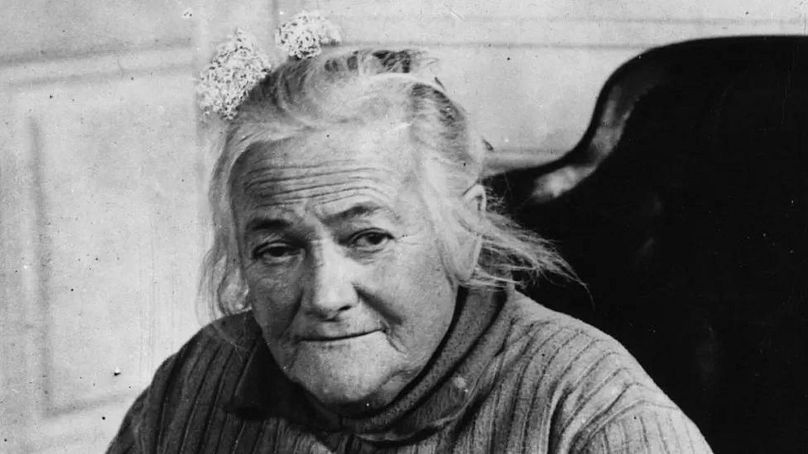
On 28 February 1909, the then-active Socialist Party of America celebrated the first National Woman’s Day in commemoration of the 15,000 women who protested in New York against harsh working conditions and lesser wages.
In 1910, Clara Zetkin, a women’s rights advocate and the leader of Germany’s Women’s Office for the Social Democratic Party, proposed the idea of a global International Women’s Day.
On 19 March 1911, the first International Women’s Day was held, with more than 1 million people in Austria, Denmark, Germany, and Switzerland taking part.
It took until 1975 for the United Nations to recognize and begin celebrating International Women’s Day (IWD). Since then, the UN has served as the major sponsor of the yearly event, encouraging more countries to recognize “acts of courage and resolve by ordinary women who have played an outstanding role in the history of their countries and communities.”
And for those wondering and feeling left out (get over it), there is an International Men’s Day, which is celebrated on 19 November in more than 80 countries worldwide, including the UK. It has only been marked since the 1990s and isn’t recognised by the UN.
What is the symbol and colour of International Women’s Day?
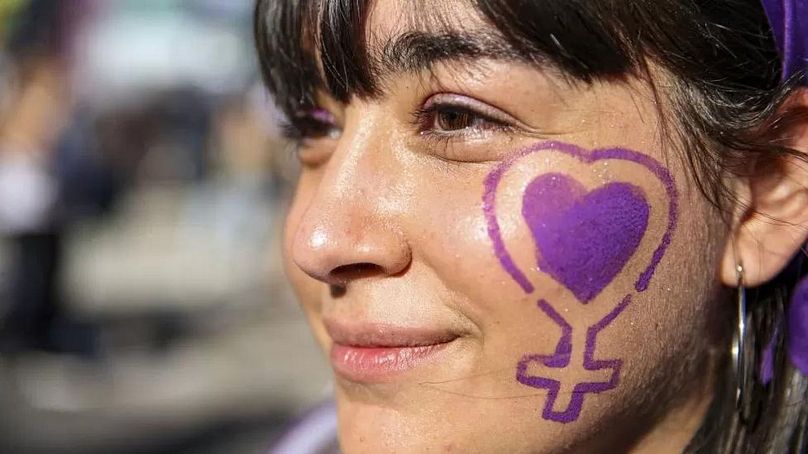
The symbol for International Women’s Day is a female gender symbol. It is usually accompanied by the colours purple, green and white.
According to the International Women’s Day website, purple stands for dignity and justice, green for hope, and white for purity. «The colours originated from the Women’s Social and Political Union (WSPU) in the UK in 1908.»
Is it a holiday?
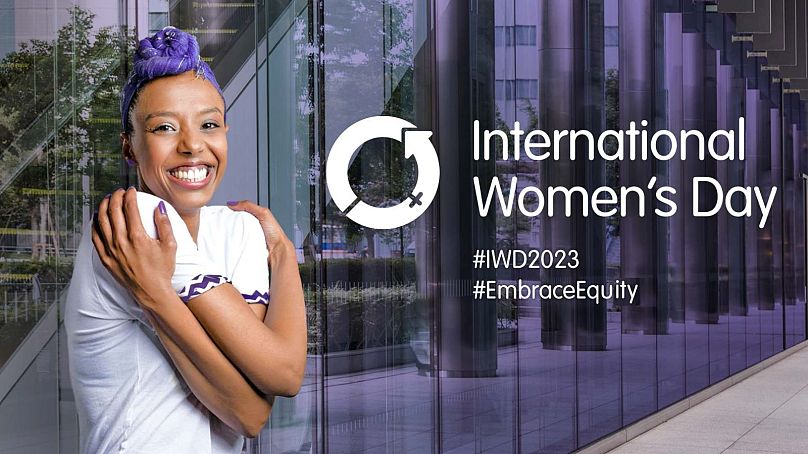
The day’s purpose varies by country. In some, it’s a day of protest, while in others, it’s a means to promote gender equality. In some countries, International Women’s Day is observed as a national holiday.
IWD is recognized as an official national holiday in Afghanistan, Armenia, Belarus, Cambodia, Cuba, Georgia, Laos, Mongolia, Montenegro, Russia, Uganda, Ukraine and Vietnam.
In certain countries like Albania, Macedonia, Serbia and Uzbekistan, Women’s Day has been combined with Mother’s Day, a merger to highlight the importance of women as mothers.
In China, many women are given a half-day off work, while the Italian Festa della Donna is celebrated by the giving of mimosa blossoms.
Why is it a historical celebration in Russia?
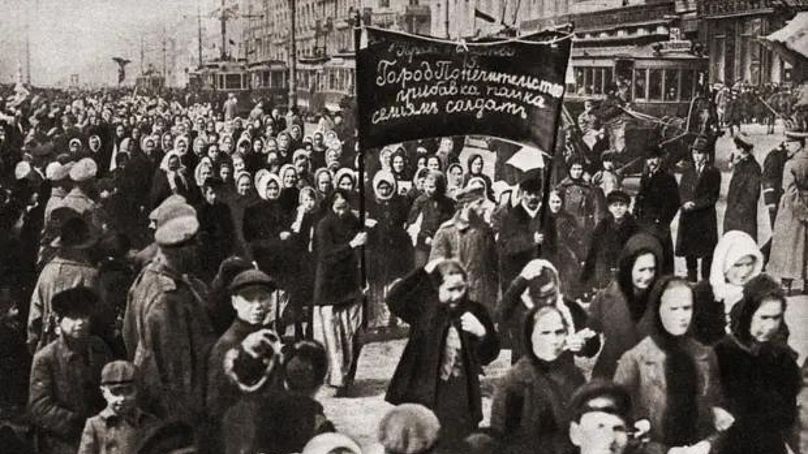
In 1917, the celebration of Women’s Day in Russia got them the right to vote.
Women in Russia commemorated the day that year by going on strike for ‘bread and peace’ in order to protest World War I and campaign for gender equality. Tsar Nicholas II was far from happy and authorized General Khabalov of the Petrograd Military District to shoot any woman who refused to stand down. They did not back down and the protests remained and led to the Tsar’s abdication. The interim government granted women the right to vote as a result of their protest action.
What’s the theme this year?

Ever since 1996, each International Women’s Day has an official theme.
The first theme adopted by the UN in 1996 was «Celebrating the Past, Planning for the Future».
Last year, the theme for IWD was #Breakthebias, which highlighted the issues women face due to gender bias.
This year, the International Women’s Day website has stated that it’s #EmbraceEquity. As the website states, 2023 focuses on how gender equity needs to be part of every society’s DNA: “It’s critical to understand the difference between equity and equality. The aim of the IWD 2023 #EmbraceEquity campaign theme is to get the world talking about Why equal opportunities aren’t enough. People start from different places, so true inclusion and belonging require equitable action.”
The images linked to this year’s IWD all feature the hugging gesture, promoting giving equity a huge embrace.
Another highlight of this year is the UN’s theme, which is ‘DigitALL: Innovation and technology for gender equality’, aiming to to make people aware of the importance and contribution of digital technology in unveiling issues of gender inequality and discrimination. IWD will explore the impact of the digital gender gap on inequality for women and girls, as the UN estimates that women’s lack of access to the online world will cause a $1.5 trillion loss to gross domestic product of low and middle-income countries by 2025 if action isn’t taken.
«From the earliest days of computing to the present age of virtual reality and artificial intelligence, women have made untold contributions to the digital world in which we increasingly live,» the UN stated. «Their accomplishments have been against all odds, in a field that has historically neither welcomed nor appreciated them.»
